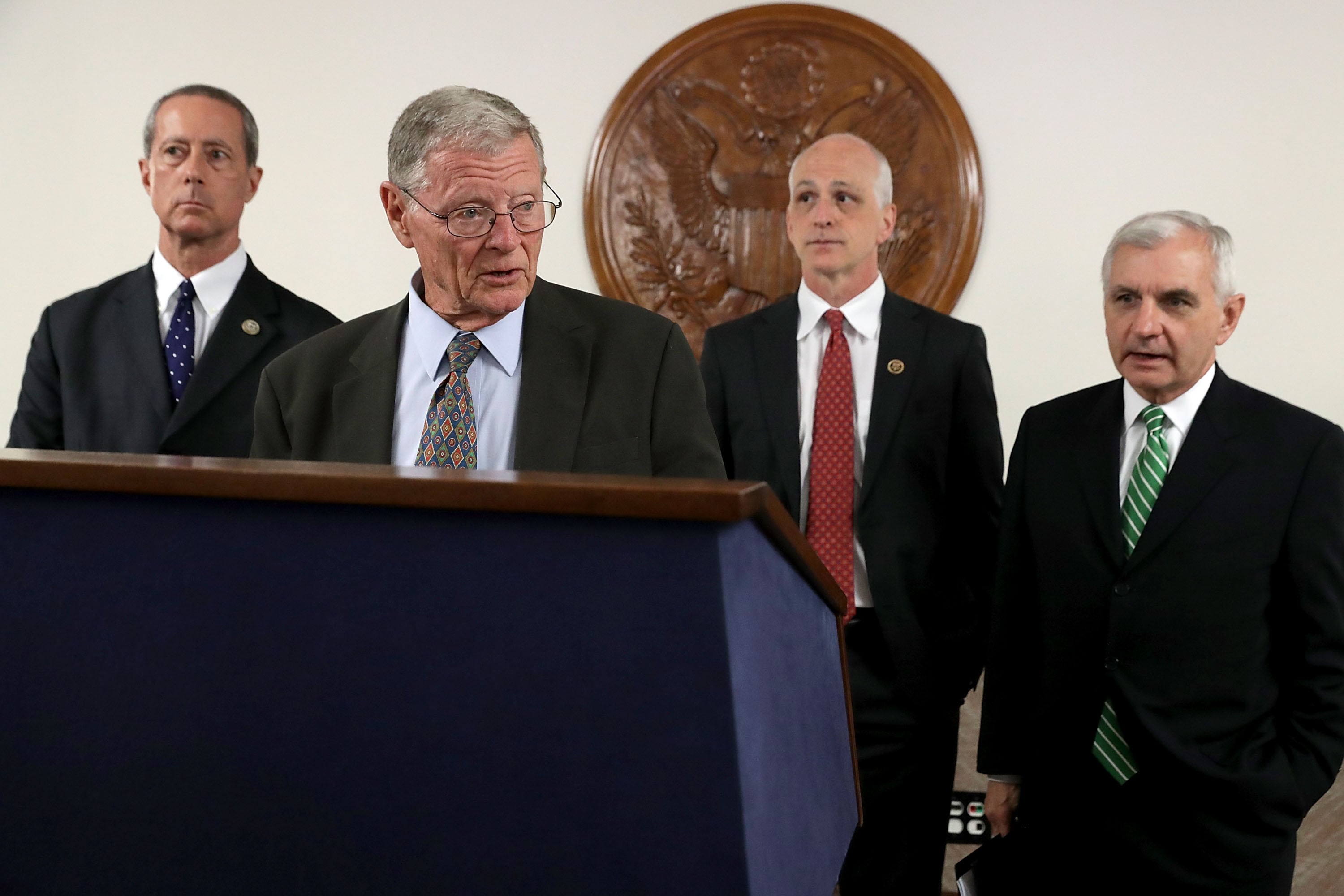On May 15, 32 members of Congress wrote a bipartisan letter opposing the Federal Communications Commission’s approval to allow Ligado Networks to build a fifth-generation, or 5G, network of smart devices on the ground. These elected officials were supporting concerns by the Department of Defense that the 5G service would interfere with GPS navigation — affecting the accuracy of weapons systems and disrupting 911 first responder calls. In response, the FCC said the approval process was rigorous and that the decision would have no impact on the GPS systems upon which our nation’s economic, military and social infrastructures rely.
This debate is a microcosm of a much larger one surrounding GPS, upon which the United States is wholly dependent.
GPS receivers are in countless weapon systems and in most of our critical infrastructure, like water systems, railway systems, airplanes, air traffic control towers, gas pumps, ATM machines, banking systems and telecommunications. The internet and all our global communications rely on time communicated through the GPS signal.
While this debate will decide whether Ligado’s commercial technologies will be deployed, it will have no impact on the ability of Russian and Chinese militaries or terrorist groups to build and deploy GPS jammers.
GPS is one of the most amazing inventions in the history of the world. It has generated hundreds of billions of dollars in economic benefits, and its military value is priceless.
RELATED

This elegant example of American ingenuity is woven into our nation’s fabric for weapons systems and critical infrastructure. However, as a weakness for our enemies to exploit, the sole reliance on a space-based, single-frequency source for all positioning, navigation and timing is an incredible vulnerability facing the United States.
With a minimal investment, anyone can purchase jammers to disrupt GPS or conduct a cyberattack to make GPS data unreliable. This would devastate the U.S. military, damage critical infrastructure and cause economic disruption.
The only way to protect America from this threat is to deploy complementary technologies that provide trusted GPS data and make positioning, navigation and timing resilient to attack. To achieve this, we must first protect the current system by preventing interference by commercial solutions and state actors.
Second, we must rapidly deploy multifrequency-enabled positioning, navigation, and timing technologies that can operate without a sole reliance on space. These solutions are the spirit of a 2020 executive order, which was meant to strengthen national resilience against the threat of disruption.
Third, commercial and federal efforts to secure GPS are underway. These research and analysis efforts need to be fully deployed as soon as possible. Every day we wait, we are more vulnerable.
Finally, we must continue the effort to modernize GPS. The next generation of GPS will deploy much-needed technologies and make GPS more capable and secure.
However, it will not solve the jamming threat. According to former Air Force Space Command Chief Scientist Dr. Gene McCall, the next generation of GPS will be eight times more jam resistant than currently deployed GPS systems. But “GPS III would have to improve by a factor of 10 million to begin defeating the threat” of being jammed, McCall wrote in the April 2020 edition of the National Defense Magazine.
If a U.S. company can inadvertently jam GPS with ground towers, so can our adversaries. While elected officials and public servants can stop American commercial actors from deploying technologies that adversely affect GPS, only a concerted, yearslong effort can stop the Russian and Chinese militaries, or terrorist groups, from using GPS jammers to devastate our military, critical infrastructure and economy.
It’s time for resilient positioning, navigation and timing before our strategic weakness becomes our national downfall.
Retired Col. Bruce Lyman served as a U.S. Air Force cyberspace operations officer and as chief information officer for the Air Force’s intelligence, surveillance and reconnaissance enterprise.








